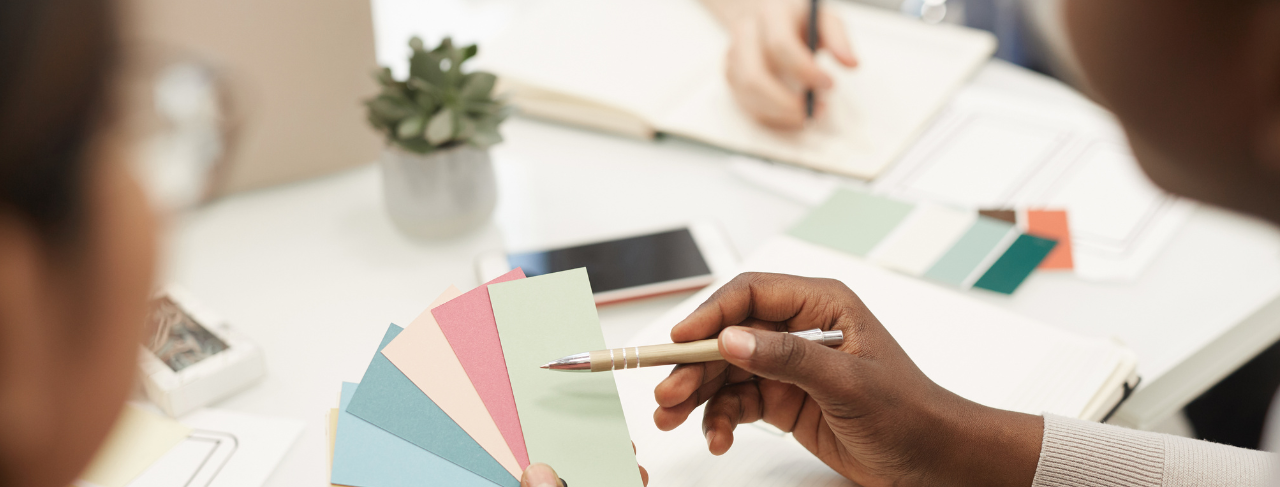
How Do I Use Designer Paint
Posted on May 5, 2022
Using designer paint can be a rewarding experience that achieves unique results not possible with regular house paint. Most designer paints are formulated to achieve an effect using the specific mixture of the paint and special painting techniques. Designer paints take practice to use well, but the results can be one-of-a-kind. Today we will briefly discuss how some designer paints are applied and where they are commonly used.
Is Designer Paint Hard to Apply?
Many designer paints are simply a specific color blend that identically matches a logo or popular shade. Some, however, are designed to create an effect that compliments the theme of the space. For example, if the space has an ocean or beach theme, designer paints are available that include real sand, adding texture to an otherwise flat surface.
Most designer paints are best used by skilled painters and are not always the best choice for newbies. For example, a few years ago the most popular designer paint at the time created a faded, leathery look when applied to walls. The project required specific brush control and techniques to achieve the effect. Do-it-yourselfers are certainly encouraged to try using designer paints, but be aware you may have to devote some time to practice.
What Is Designer Paint For?
Designer paints simply offer a unique look that can be adjusted to personal taste, allowing creative freedom for the painter. For example, the aforementioned leather look is very popular for quiet reading spots, dens, and other relaxing areas. It is a well-established fact that colors affect our moods, so many homeowners use these designer paints to create a theme within a room.
Nurseries, for example, are a common location for designer paints because it allows the painter to not only affect the colors but the texture as well. Controlling light is important for newborns, and designer paints can allow you to control reflections that might otherwise disturb the infant. Obviously, the paint can be used to establish lively, stimulating colors as well if that is the goal.
Are There Any Caveats to Using Designer Paint?
The only significant downsides to using designer paint are the cost and repairability. Using the leathery paint example again, if the surface becomes damaged after the designer paint is applied, it can be difficult to repair. This usually only applies when the paint was used for an effect that may be difficult to replicate, such as a long brushstroke.
Designer paints are not inexpensive either, because you are usually paying for not only the paint mixture but the brand name associated with it as well. Designer paints commonly cost up to 50% more than their standard counterpart, so if the project is large, the additional cost can be significant.
It’s also a great idea to “box” your paint as well, which is to simply mix all of your cans together before applying. When these paints are mixed at the factory or paint store, slight differences can occur from can to can. To ensure you don’t accidentally use multiple shades of the same paint, the pros mix all the cans together to ensure a uniform color.





